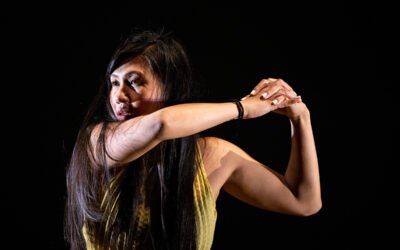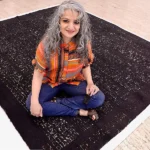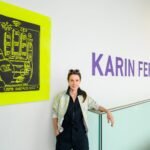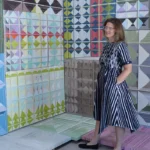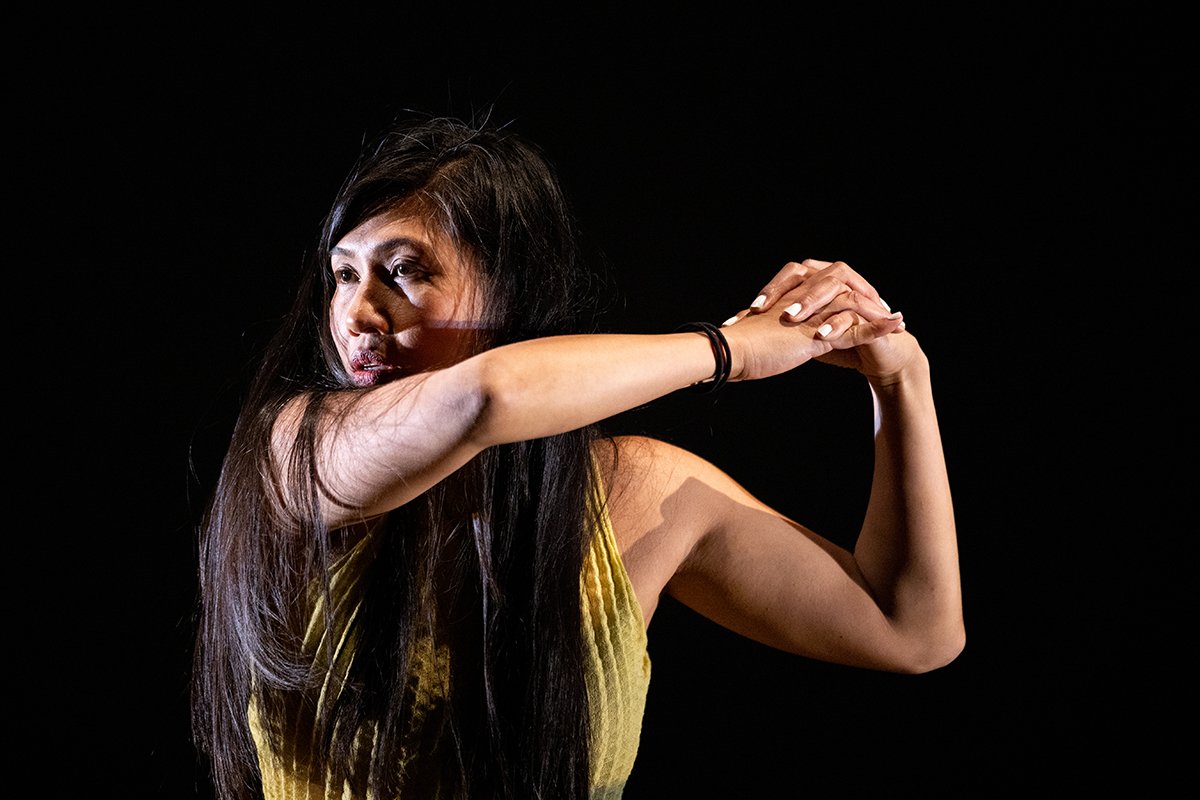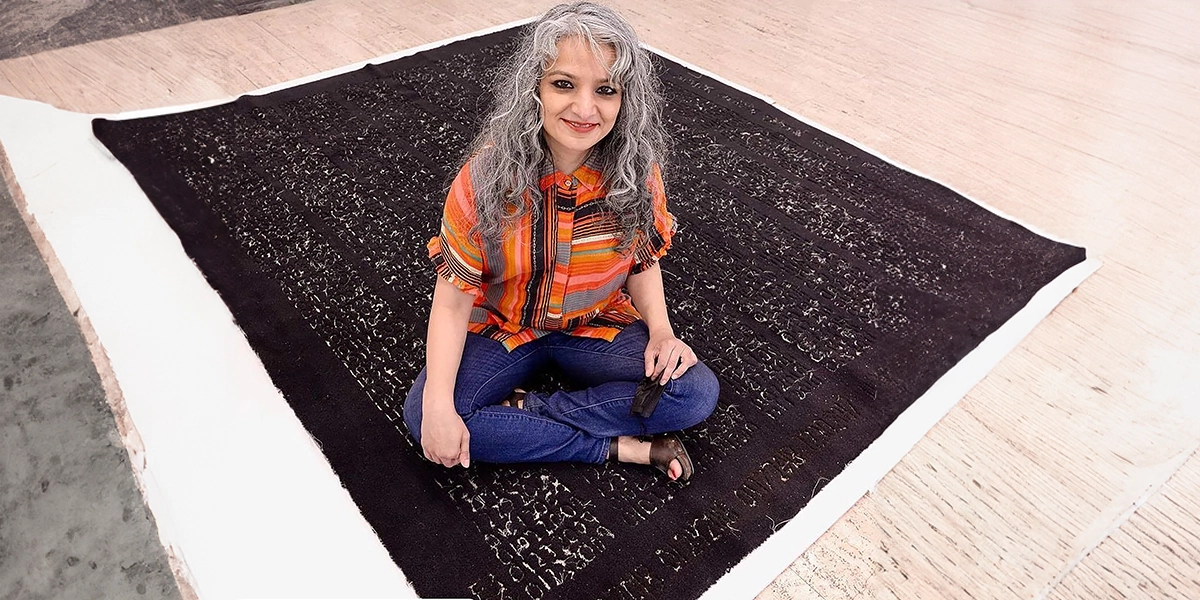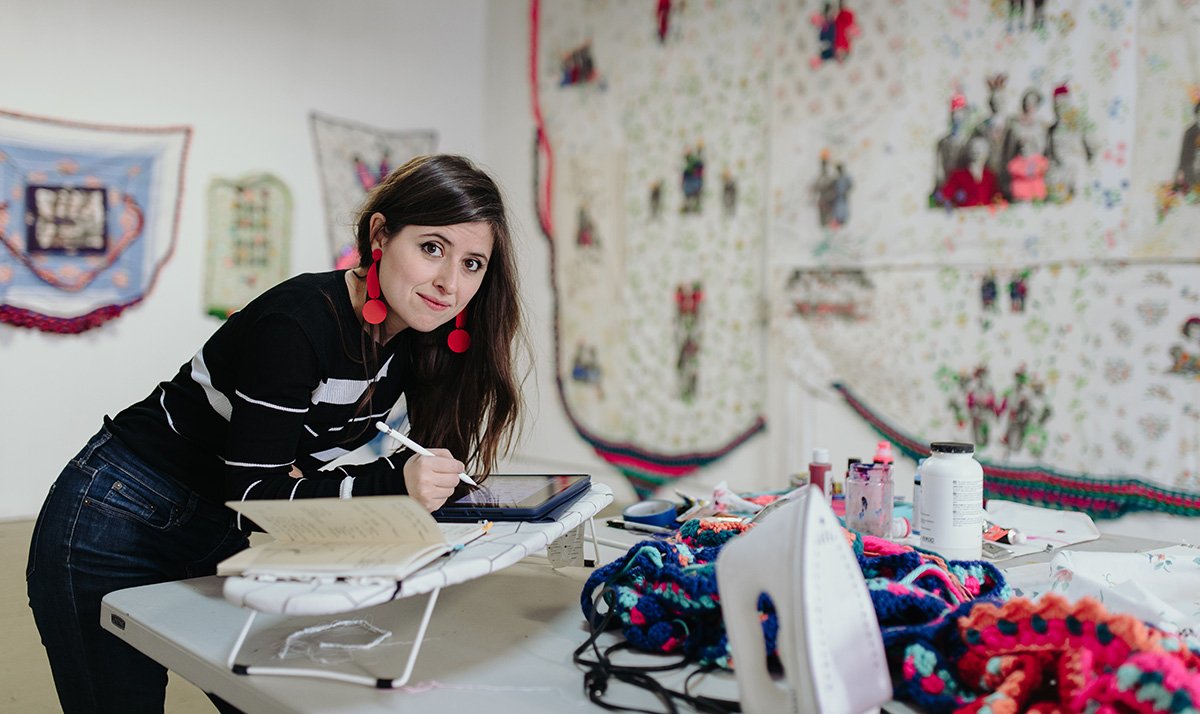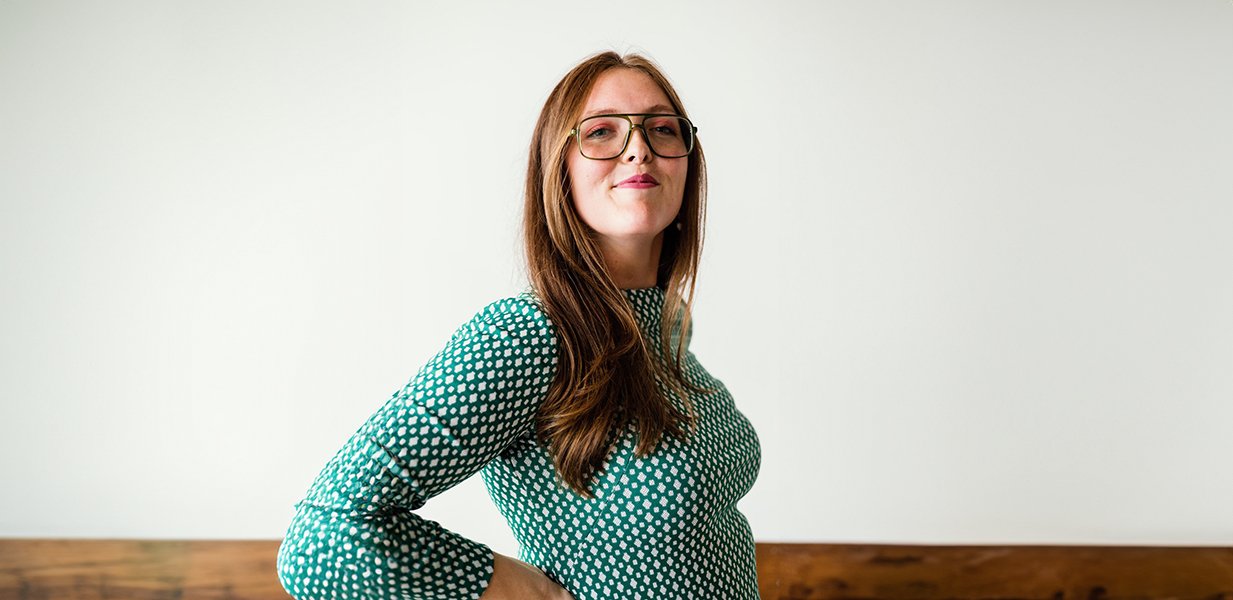Shirin Abedinirad – Reflections of Unity
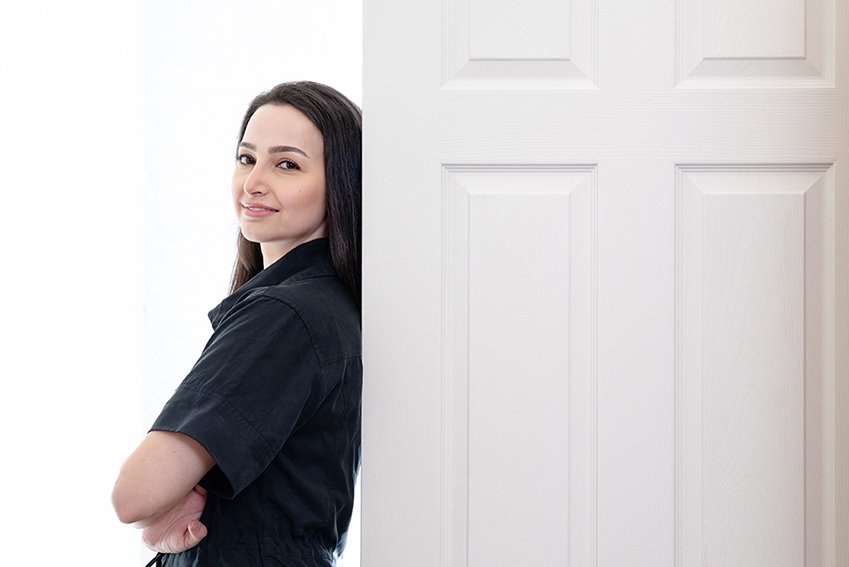
Discovering the transformative power of nature and identity through innovative installations and immersive experiences
Shirin Abedinirad discusses her artistic evolution, exploring themes of identity and nature through diverse mediums, reflecting on her cultural background and environmental consciousness.
Shirin Abedinirad is an Iranian artist whose captivating works traverse the boundaries of identity, nature, and the human experience. Known for her innovative use of materials such as mirrors, water, and light, Abedinirad invites viewers to immerse themselves in reflective installations that provoke thought and foster a deeper connection to the environment. Since her transformative desert experience in 2013, her art has evolved to emphasize unity with nature, encouraging contemplation of our relationship with the world around us. Her unique blend of video, performance, land art, and installation allows her to navigate complex themes with grace and depth.
Abedinirad’s artistic journey is marked by resilience and a commitment to addressing societal constraints, particularly those impacting women in her homeland. Her early works captured the frustrations faced by Iranian women, but her practice has since expanded to encompass broader themes of interconnectedness and environmental consciousness. Each installation becomes a “liminal space,” inviting viewers to explore their own identities while fostering a sense of belonging within the natural world. Her impressive academic background, including an MFA from Michigan State University and her role as an assistant professor of sculpture at Utah Valley University, adds further depth to her artistic vision. Abedinirad’s ability to weave together personal narratives with broader societal and environmental issues showcases her extraordinary talent and commitment to creating meaningful, transformative experiences through art.
This interview delves into Abedinirad’s artistic evolution, exploring how her experiences and studies have shaped her work and the vital messages she hopes to convey through her art.
How did your 2013 desert experience influence this pivotal shift in your artistic practice, and what role do these materials play in your installations?
My desert experience in 2013 deeply transformed my practice. Before that, I focused on personal identity, but the beauty of the desert connected me to nature in a profound way. This shift led me to explore themes of unity with nature, incorporating elements like mirrors, water, and light. My installations invite viewers to contemplate their own relationships with the environment, making nature an essential part of the experience.
How did the cultural and political context of your homeland shape your early work, and how does that continue to inform your art today?
Growing up in Iran, I was deeply affected by societal constraints, particularly around gender. My early public interventions addressed these issues, especially around the restrictions imposed on women. My work, like “Alma”, responded to the frustrations many Iranian women face. Although I’ve since broadened my focus to explore nature and interconnectedness, the themes of defiance, compassion, and solidarity from my earlier works remain vital in my practice today.
Can you describe how you approach creating “liminal spaces” and what you hope viewers experience when engaging with your work?
I create liminal spaces by using reflective elements like mirrors to blur the line between the self and nature. In my installations, I aim to evoke a sense of belonging and connection to the environment. For example, my land art often reflects the sky, encouraging viewers to feel a deeper connection to both the physical landscape and their own inner worlds. I want people to leave feeling more aware of their place within the larger web of life.
How do you decide which medium best conveys the concepts you’re exploring, and how do these different forms help you convey the essence of identity and unity?
The choice of medium depends on the message I want to convey. Performance art allows me to engage directly with themes like identity and societal restrictions, while land art helps me express unity with nature. Video art captures more personal narratives and also captures the beauty of nature. Each medium offers a unique way to explore interconnectedness and identity, allowing me to distill complex ideas into experiences that resonate with viewers.
How have your studies in fashion influenced your conceptual and performance work, and do you find parallels between these seemingly disparate fields?
My background in fashion has strongly influenced my conceptual art. Fashion is about the body and personal expression, which aligns with my performance art. Both fields deal with identity, form, and symbolism. There is a natural overlap between fashion’s focus on form and beauty and conceptual art’s exploration of deeper meanings, which my book “Fashion & Conceptual Art in 21st Century” (in Persian) explores this connection and overlap.
As we face environmental crises, how do you see your art contributing to a larger dialogue on our relationship with the planet, and what message do you hope your work conveys?
My art aims to foster a deeper connection between people and nature, especially in the context of environmental crises. Through my use of mirrors, water, and natural materials, I hope to remind viewers of the beauty and fragility of the Earth. My work is a call for healing, both personal and planetary.

